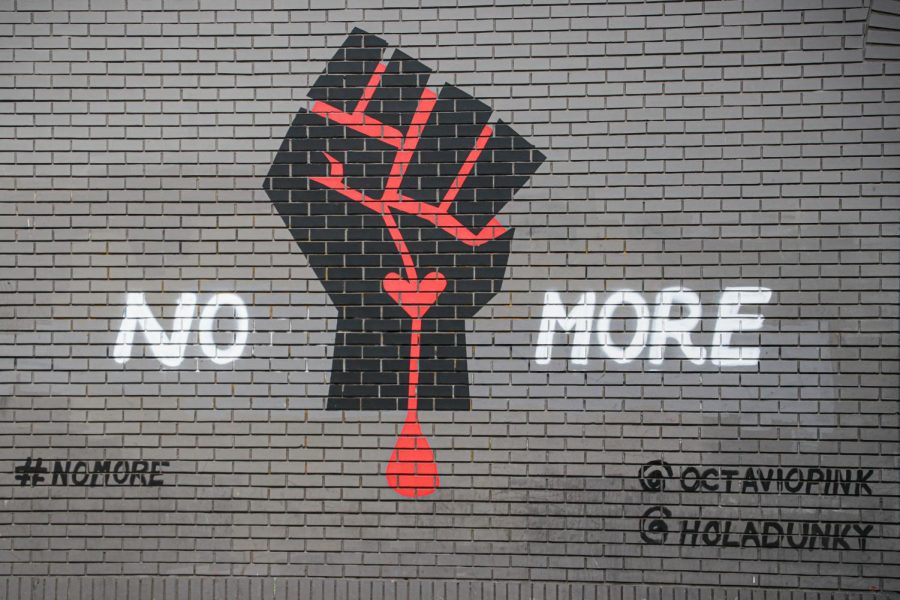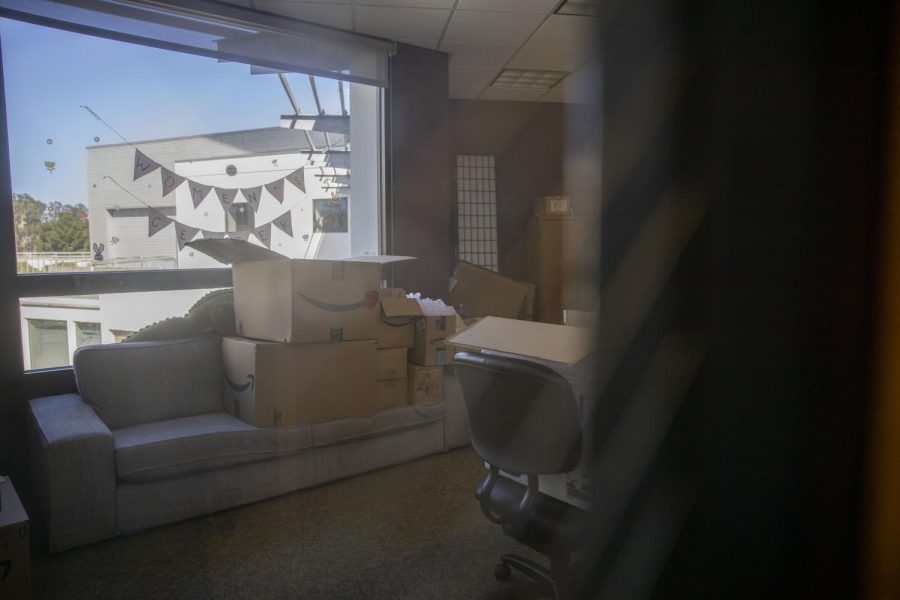If proposed legislation becomes law, women in San Francisco may get the chance to walk into Planned Parenthood clinics without having to wade through a sea of protesters.
Supervisor David Campos introduced legislation March 18 that would create a 25-foot buffer zone around reproductive health service facilities in San Francisco. The proposed law aims to safely let clinic patients in, and keep anti-abortion protestors out. If passed, violators could be subject to a fine of up to $500 or three months in jail.
“We have been dealing with the issue for more than a year now,” Campos said. “The amount of space we have proposed strikes a balance. It is large enough to protect patient access to the clinic and doesn’t unnecessarily impact free speech.”
Current law specifies there must be an eight-foot “bubble zone” around anyone within 100 feet of a healthcare facility. According to Planned Parenthood spokeswoman Adrienne Verrilli, this current law doesn’t go far enough. Verrilli has seen instances of protesters screaming at patients making their way into the building on 1650 Valencia St., and even cases of protesters filming patients.
“Here in San Francisco, our clinic has been open for two years, and we have been met with agressive behavior from protesters,” Verrilli said. “We have tried to work with current laws but it isn’t enough.”
And apparently, the protesters are taking an emotional toll on Planned Parenthood staff and patients alike.
“As someone who works there, it is upsetting to see the faces of Planned Parenthood staff and patients after they encounter a protester,” Verrilli said. “They often walk in crying, intimidated and upset.”
Protesters at the location have been known to confront patients about abortion, says Verrilli, but as it stands at that current location, less than 2 percent of the clinic’s appointments are for abortion procedures. Besides offering abortions to those who request it, Planned Parenthood offers family planning and sex education.
Maria Lopez, an 18-year-old pre-nursing student at SF State, has taken advantage of Planned Parenthood’s services. As a woman, she says that she would be upset if she encountered protesters at Planned Parenthood.
“In a sense, people should have the right to access the services that Planned Parenthood has to offer,” Lopez said. “Protesters can and will disrupt people from the way they approach contraception and getting the services they need.”
Though Campos respects the protesters right to voice their opinions, he believes that free speech does have its’ limits.
“Free speech only goes so far,” Campos said. “It does not give anyone the right to harass women that are just exercising their right to choose.”
Lopez also has an opinion regarding whether or not the buffer zone law will interfere with the protester’s first amendment rights: “Everybody has the right to protest all they want, but if they interfere with the rights of others, they lose some of their rights.”
A similar ordinance has been put into action in Boston, Mass., providing a 35-foot buffer zone around Planned Parenthood locations in that city. Put into effect in 2007, the ordinance was challenged in January and upheld.
The San Francisco ordinance will be put up to vote sometime during April, as it is subject to be voted on 30 days after it is introduced.





